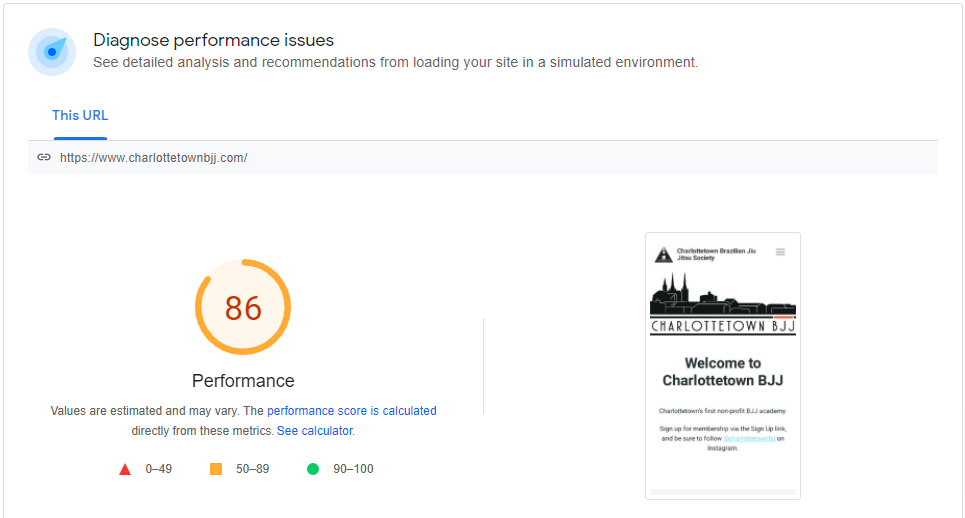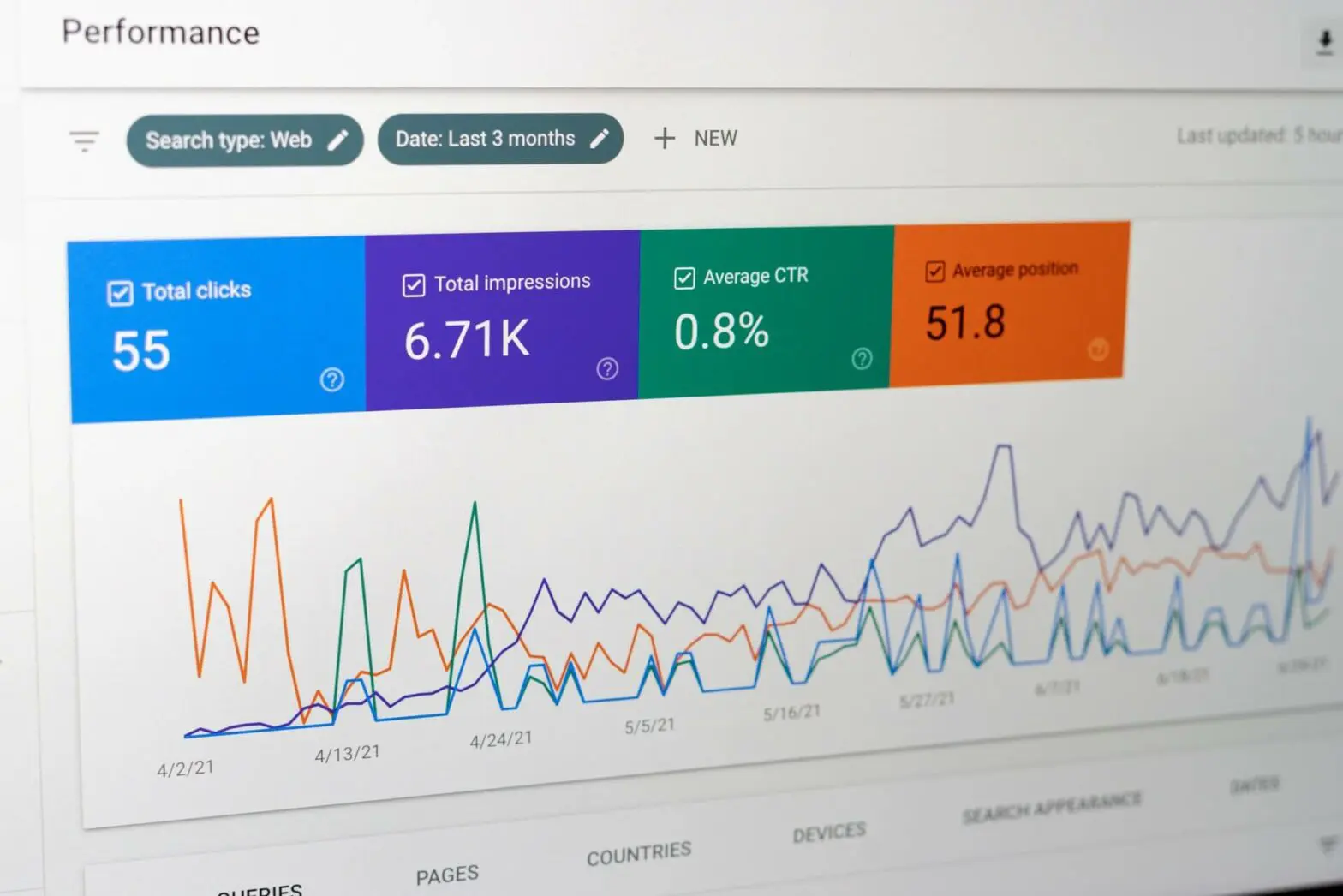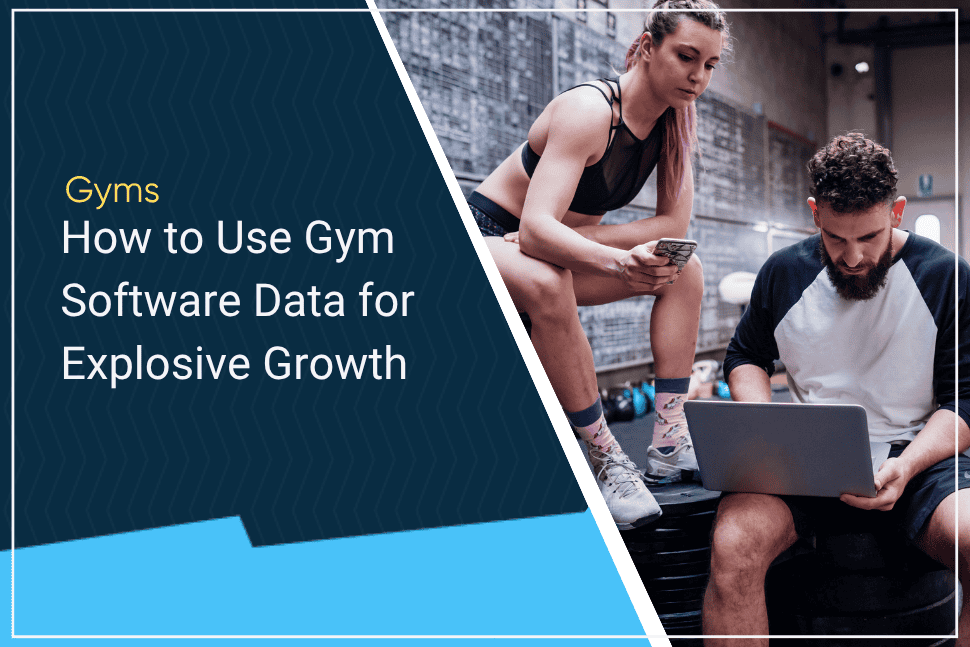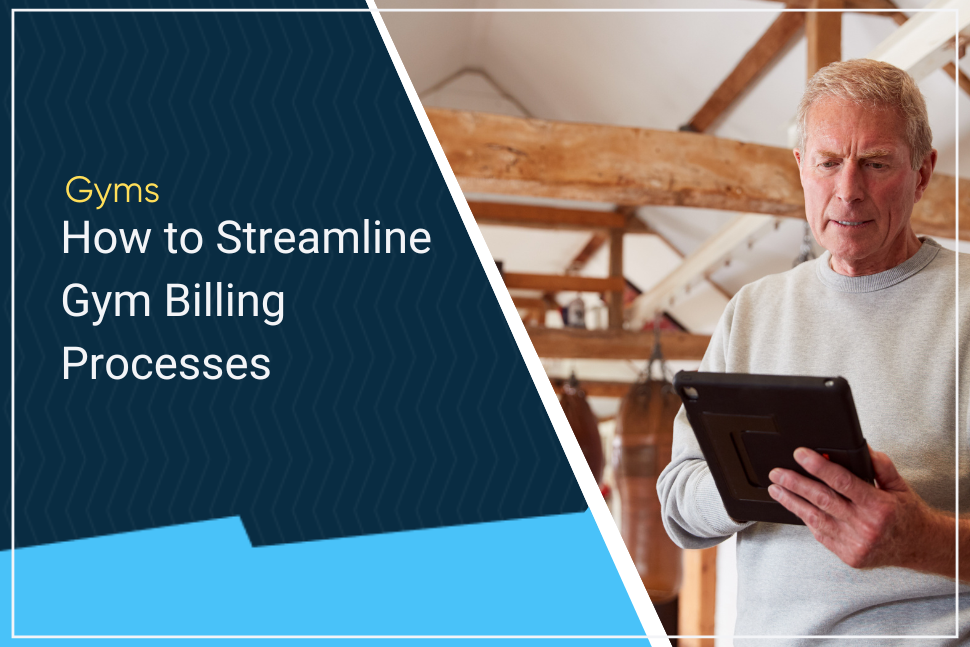One of the most common questions we get about our gym management software is whether our website feature includes SEO. This is a somewhat tricky question to answer in a few words – as there are multiple aspects to a successful SEO campaign.
In this article, we’ll explain the benefits of using our software for SEO purposes, what we can and can’t do and what you can do on your end to improve your rankings in search engines.
What is SEO?
SEO stands for Search Engine Optimization. It’s a set of approaches and best practices to increase your chances of ranking higher in search results. We wrote about SEO for Martial Arts schools in depth in the past (and this advice applies to gyms and yoga studios as well); however, in this article we’ll focus on how we fit into the SEO effort.
SEO efforts are usually split into two main categories:
- On-page SEO – site structure, content creation, site performance – everything that is directly on your website.
- Off-page SEO – link building and outreach, social mentions and engagement, directories – everything that is outside of your website.
With our gym website feature, we handle all of the on-page SEO work aside from content creation – that contributes to superior search results. This includes:
Website Loading Performance
Google has been focusing on prioritizing websites that provide a good user experience. One of the key factors they consider is how quickly a website loads when you first visit.
This is where we excel compared to website builders such as Wix and Squarespace, as websites built with those kind of tools need to load a lot of assets to allow for the level of customizability they offer.
Google provides a tool called PageSpeed Insights, which analyzes your site and give you a performance score based on various tests it runs. A score above 90 is great, and very hard to achieve with user generated content (every asset must be optimized), a score between 50-90 is good to very good (when close to 90), and everything below 50 is bad. Of course, the higher the score, the better.
Let’s take a look at a few examples:
Charlton Brazilian Jiu Jitsu Society, who uses our website feature. The site scores 86 on Google PageSpeed, which is very good considering they have not specifically optimized their assets for it –

Then let’s take a look at Pilates Republic which uses SquareSpace. It’s a good looking site, however it scores only 23 on Google PageSpeed.

This is on par for the course when using website builders such as Squarespace and Wix.
Our last example is Infinity TKD, using Zen Planner’s website template, which is comparable to ours. Their website feature provides pretty bad performance, scoring 11 on Google PageSpeed –

Site Structure
There are multiple elements of the site structure that affect SEO performance:
- Title tags, meta tags, microdata – communicate the purpose of the site and are used in the search results to describe it
- Semantic layout – Using properly formatted HTML tags helps communicate the layout of the site to search engines
- Sitemap, link structure – helping search engines find and index the content on your site
- Local SEO indicators – communicating the location of the business to search engines and users alike
We make sure all of those aspects are optimized to provide you with the best starting point to move up the rankings on search engines.
What we don’t do
The website feature we provide handles all the technical aspects of optimizing for search engines. There are other aspects to SEO which are our outside the services we provide:
Content Creation
Creating content is really up to you in the end. Recording techniques and training videos and posting it on YouTube, creating pages describing your programs and adding information on your credentials and instructors – those are parts that only you can do. All of those elements can help differentiate your site on search engines.
Link building & Social media
One of the key indicators for search engines that your site is important and should rank higher is how many links it has coming in from other sites (also known as the PageRank algorithm). In years past, link building was a significant part of an SEO strategy – a process in which you reach out to other sites asking them to include a link to yours.
This kind of activity has seen diminishing returns recently, and it’s getting harder and harder to solicit links from other sites. Your best approach for that would be to try and get featured in the local media, perhaps by hosting a fight or charity event at your location, by creating a program that helps underserved communities. Again – this is an effort we don’t directly help with. There are still other good opportunities here, which we covered in our comprehensive SEO guide.
Social media is another avenue for creating signals to search engines and potentially organic sharing of your website elsewhere – we do not do social media on your behalf.
To Sum It Up
Our website feature provides an excellent starting point for building a strong, competitive presence on search results. We do provide guidance on additional activities that can help – but it’s up to you to implement those.
Depending on how competitive your area is, a technically proficient website is sometimes all it takes to end on top of the search results. To learn more, try out our 30 days free trial and see if we can take your online presence to the next level.
 Gym Owner Statistics: The State of Gyms, Member Trends, and Usage Data
Gym Owner Statistics: The State of Gyms, Member Trends, and Usage Data



